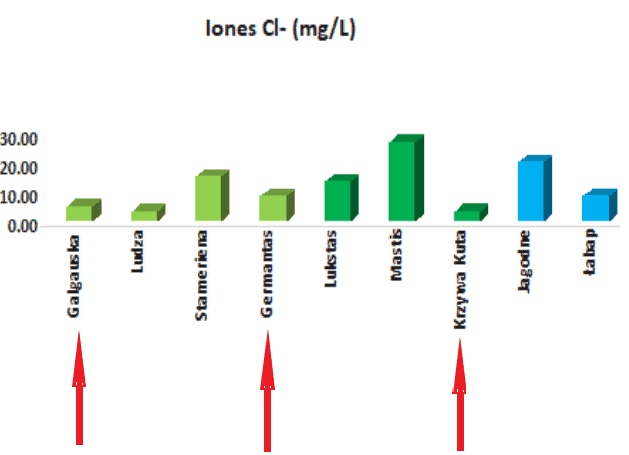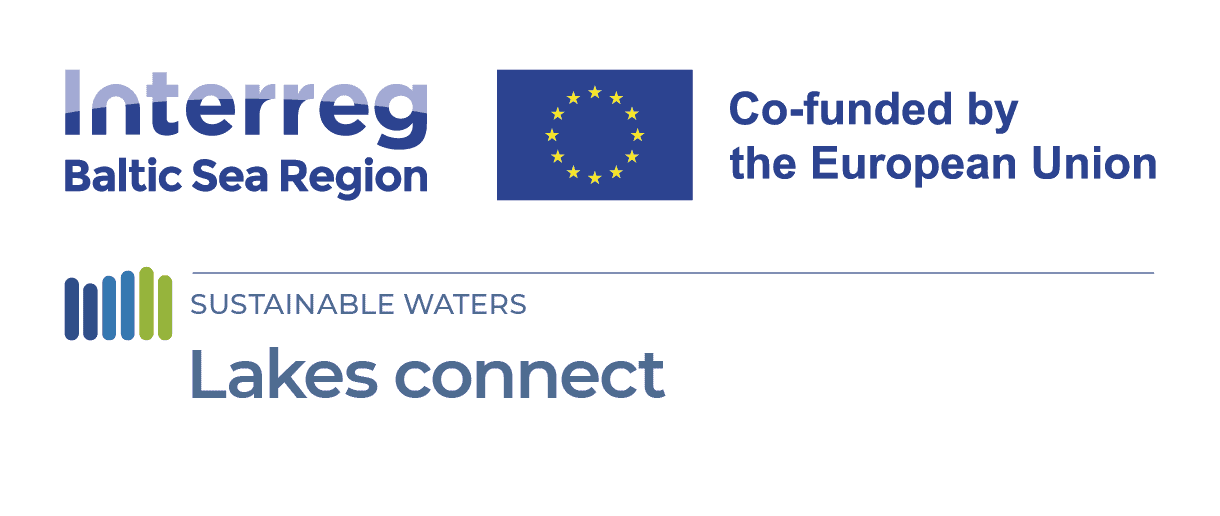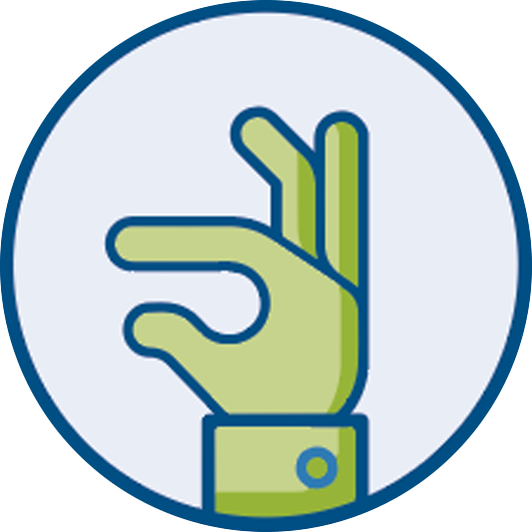Does tourism affect the cleanliness of lake waters? In seeking an answer to this question, within the Lakes connect project, we conducted pilot studies in selected lakes in Poland, Lithuania, and Latvia. The results may provide valuable data on the impact of tourism on the quality of lake waters, enabling the development of effective strategies for protecting these ecosystems.

Photo: Collecting water samples for analysis.
Water quality analysis in lakes as a key indicator of biogenic element content and environmental assessment:
Water quality analysis in lakes is crucial for understanding the overall content of biogenic elements. It is essential for assessing water status and its impact on the environment.
In addition to analyzing the number of microplastic particles in lake water and sediments, mainly conducted by our Partner – the Latvian Institute of Aquatic Ecology, we conducted chemical analyses of the collected water samples. These analyses were carried out in the laboratories of the University of Warsaw Biological and Chemical Research Centre and at the Faculty of Biology.
Photo: Water samples prepared for analysis.
Results of chemical parameter analysis in lakes: chlorides, phosphorus, and nitrogen:
The study focused on three key parameters. More about the criteria we used can be found here: link.
Chlorides: Chloride levels in all lakes are below the standard of 250 mg/l, but they may still mainly indicate road salt runoff.

Chart 1: Average concentration of chloride ions in lakes subjected to pilot studies in Poland, Lithuania, and Latvia (red arrows denote reference lakes).
Phosphorus: Results for total phosphorus are approximately 0.6 mg/l and are higher in lakes with a significant human impact. The standard is 0.02 – 0.03 mg/l. This could also be associated with the proximity of agricultural fields, where phosphorus may come from fertilizers. Phosphorus can also originate from detergents, such as cosmetics, used by people bathing in tourist lakes. Elevated results also indicate human influence in reference lakes.

Chart 2: Average concentration of total phosphorus and chloride ions in lakes subjected to pilot studies in Poland, Lithuania, and Latvia (red arrows denote reference lakes).
Nitrogen: The results of total nitrogen concentration correlate with reference lakes – where the concentration was below 10 mg/l – and are higher in other lakes. The high level of total nitrogen found in Lake Mastis (26.67 mg/l) correlates with the high level of microplastics found in this lake, suggesting that all pollution originates from human activity. High nitrogen levels are also present in Lake Jagodne, which is considered a communication channel on the navigation route to other Masurian Great Lakes.

Chart 3: Average concentration of total nitrogen in lakes subjected to pilot studies in Poland, Lithuania, and Latvia (red arrows denote reference lakes).
The need for remedial action and development of water resource protection strategies:
The research we conducted is crucial for understanding the human impact on lake ecosystems and for developing effective strategies to protect these water resources. Elevated levels of phosphorus and nitrogen, particularly in lakes with intense human activity, indicate the necessity for remedial actions such as controlling fertilizer use in agriculture and promoting conscious use of cosmetics to reduce pollution impact on aquatic ecosystems.
Conclusions regarding the necessity of a multi-faceted approach and international cooperation in lake protection:
These data demonstrate that lake protection requires a multi-faceted approach that considers both natural and anthropogenic factors. International cooperation in monitoring and protecting water resources is crucial for effective management of lake ecosystems, especially in light of changing environmental conditions and growing challenges associated with human activity.
What’s next?
After completing the research and analysis, it’s time to compile all the results and develop recommendations, which will be provided to municipalities as part of the project. Drawing on the experience gained during the pilot studies and international knowledge exchange, the recommendations will include proposals and suggestions aimed at improving water quality in lakes. Recommendations will encompass actions in the areas of education, tourism, and legislation.













